Last updated on December 7, 2023
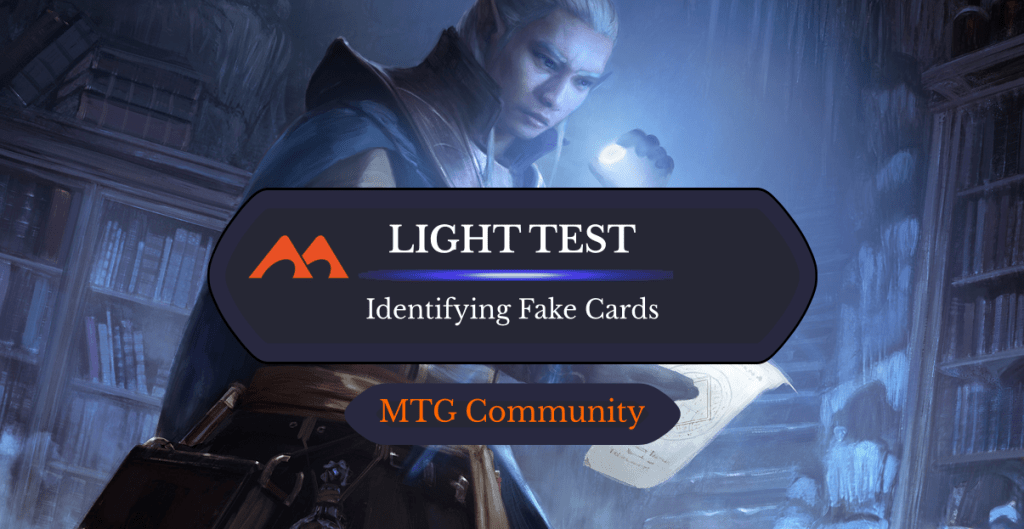
Arcane Investigator | Illustration by Bram Sels
Magic: The Gathering is known for players trading cards with each other as well as buying and selling cards, sometimes for lots of money! With these high price tags, the making and selling of counterfeits has become big business, and it’s more and more difficult to spot fakes as the quality has risen year over year.
One of the tools you can use to spot potential counterfeits is known widely as the “light test.” What is the light test, though, and how do you carry it out? Is it even a good test to do these days?
Let’s shine a light on the topic!
What Is the Light Test on Magic Cards?

Banishing Light | Illustration by Willian Murai
The light test most often refers to the practice of checking the authenticity of a Magic card by shining a powerful light through the card (for example, by shining a strong flashlight at the card at point-blank range) and observing the light that shines through the other side. The presence of a blue layer in the middle of the card gives a unique pattern to this light which can help to identify whether a card is a fake or the real deal.
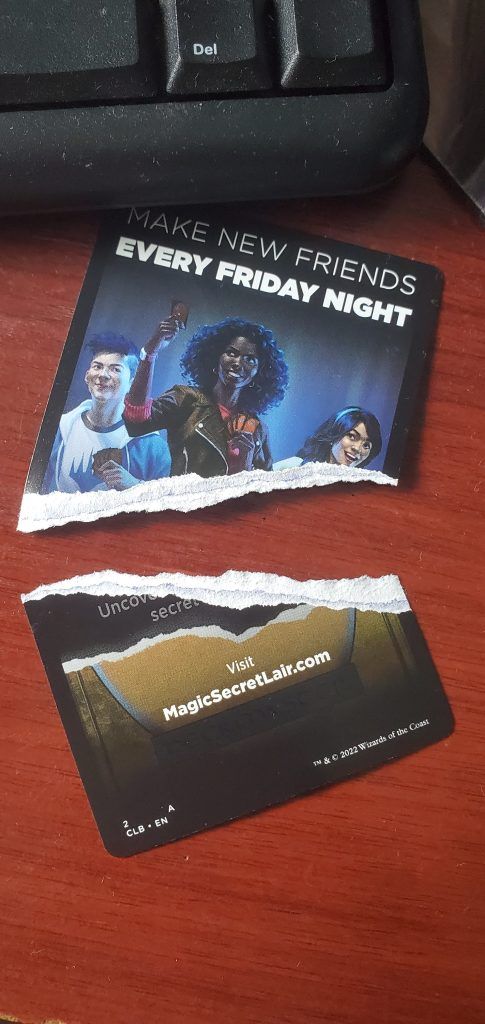
The below photo is taken of a token, which doesn’t contain the blue layer. When torn, it only shows the white cardboard.
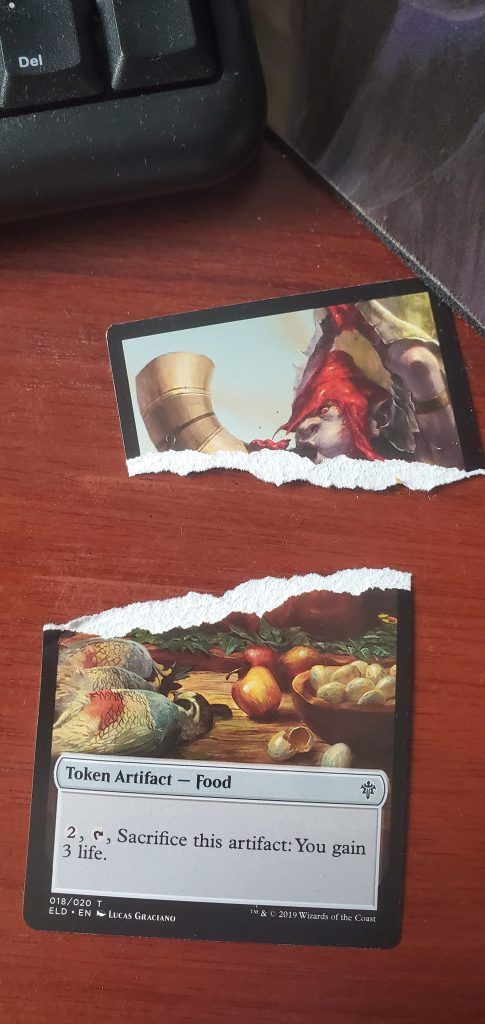
Note, however, that the light test isn’t foolproof, and shouldn’t be used as a single reason to declare the authenticity of a card.
How to Do a Light Test on MTG Cards
To carry out the light test, you first need to get a high-powered flashlight. These days most smartphones have a light powerful enough to carry out the test.
Take the light and shine it through the card while pressing it right up against it at point-blank range. You should be able to see the light shining through the other side of the card if it’s powerful enough. If it’s a real card, there should be a distinctive wavy blue pattern shown in the light, as shown in the image below, which comes from the blue layer in the middle of the card.
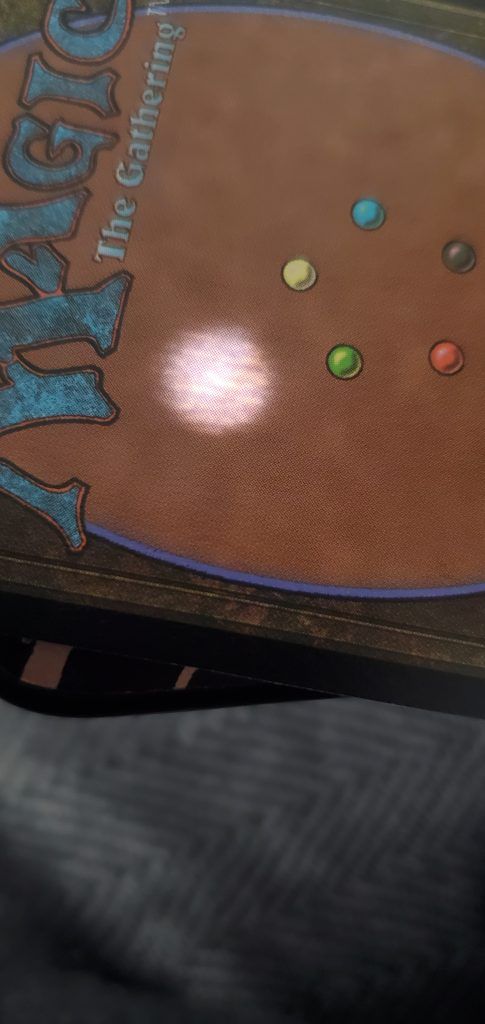
If it’s fake, it looks different. The below image was of a test done on a token, which generally doesn’t have a blue layer included in the card stock. You can see that there is no wavy pattern and that the light shining through isn’t blue.
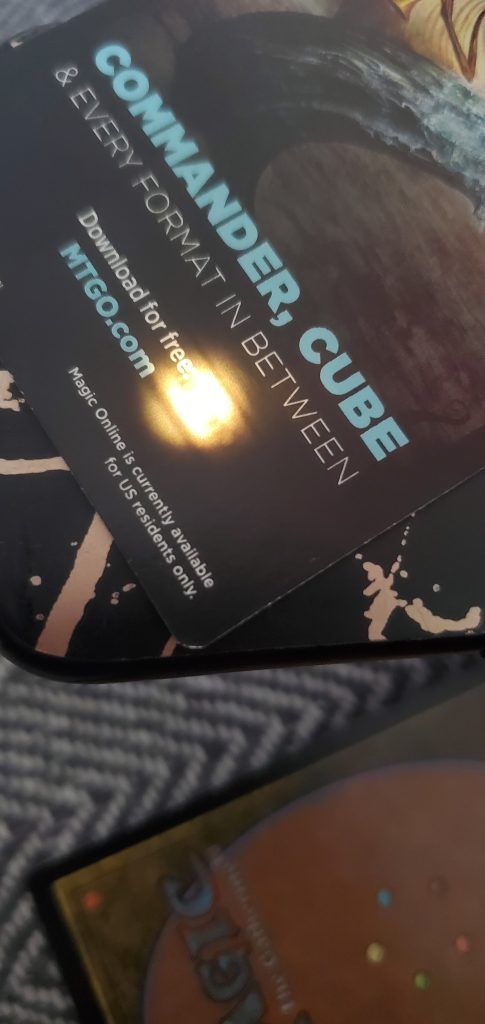
Sometimes with counterfeits, there’s a different layer in the middle, often colored black. This creates a different pattern, but one that’s distinct from that of a real card.
Can Real MTG Cards Fail the Light Test?
No test for fake cards is perfect, and the light test is far from a special case here. There are certain cards that fail a light test but are still legitimate Magic cards.
For example, some of the Ixalan dual-faced cards (like Search for Azcanta were printed with the wrong card stock, so even though they’re legitimate cards, they fail the light test.
Does the Light Test Work on Foil Cards?
Because of the additional foil layer on foil cards, the light test doesn’t work as well on them, so it isn’t recommended to check if your foils are fake.
Wrap Up

Caught in the Brights | Illustration by Kieran Yanner
The light test is a very useful method for verifying the legitimacy of suspect Magic: The Gathering cards, even if it isn’t entirely foolproof (because no test is!). It’s still a good starting point, even all these years later, and with the advent of powerful LED flashlights on mobile devices, it’s even easier to carry out than ever before! If you have one, try the test on a proxy and compare with a real card.
Have you ever used the light test? If so, how did it work out for you? Did it identify a fake in a card you would otherwise have dropped a hefty sum on? Whatever your experiences, let us know how you got on with it down below or in the official Draftsim Discord, and I hope you’ve learned something from this article.
See you in the next one!
Follow Draftsim for awesome articles and set updates: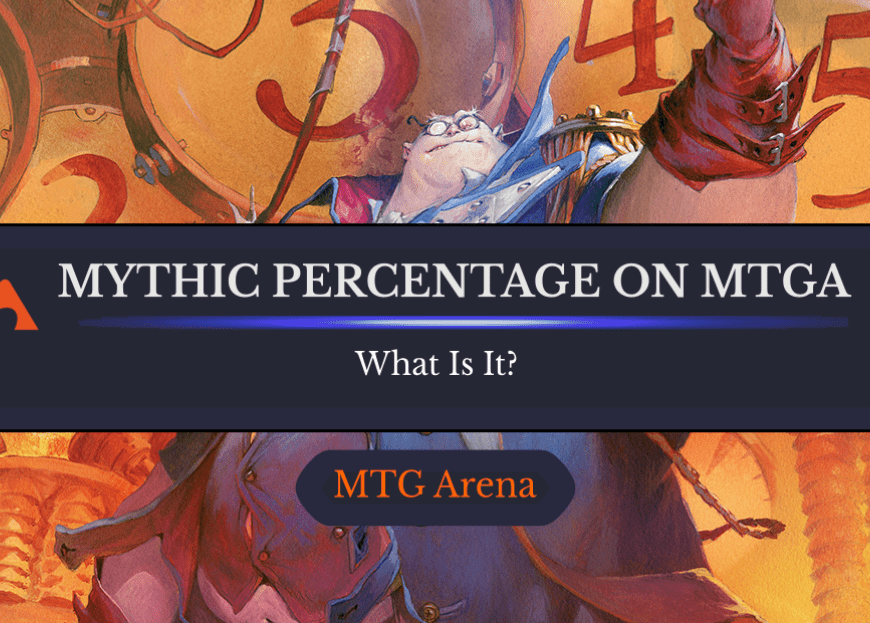
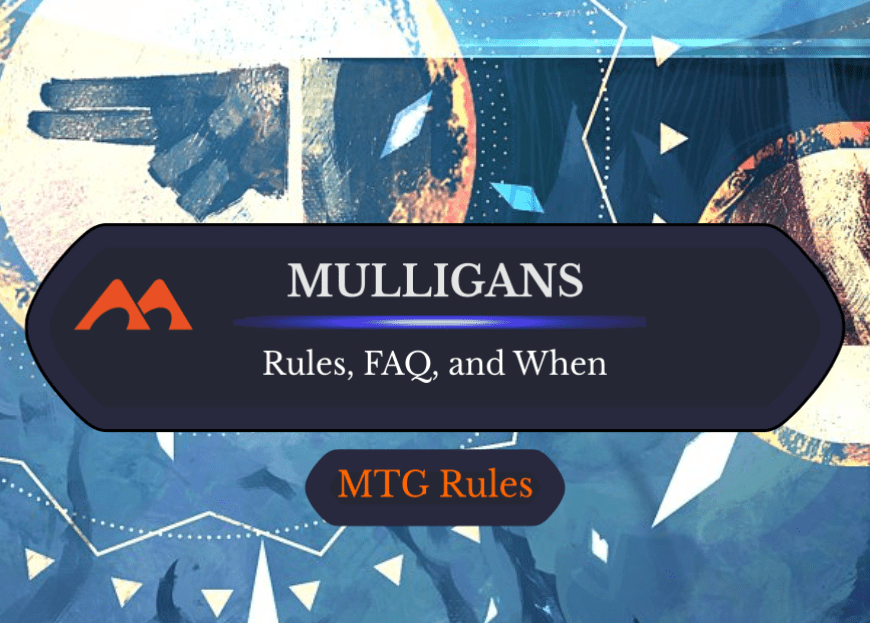
Add Comment